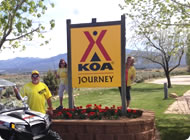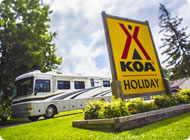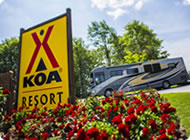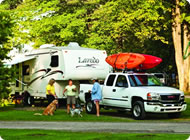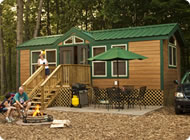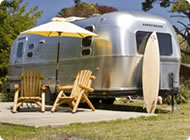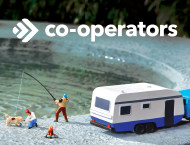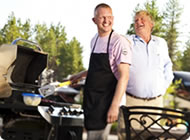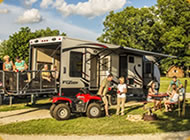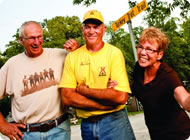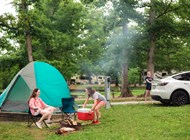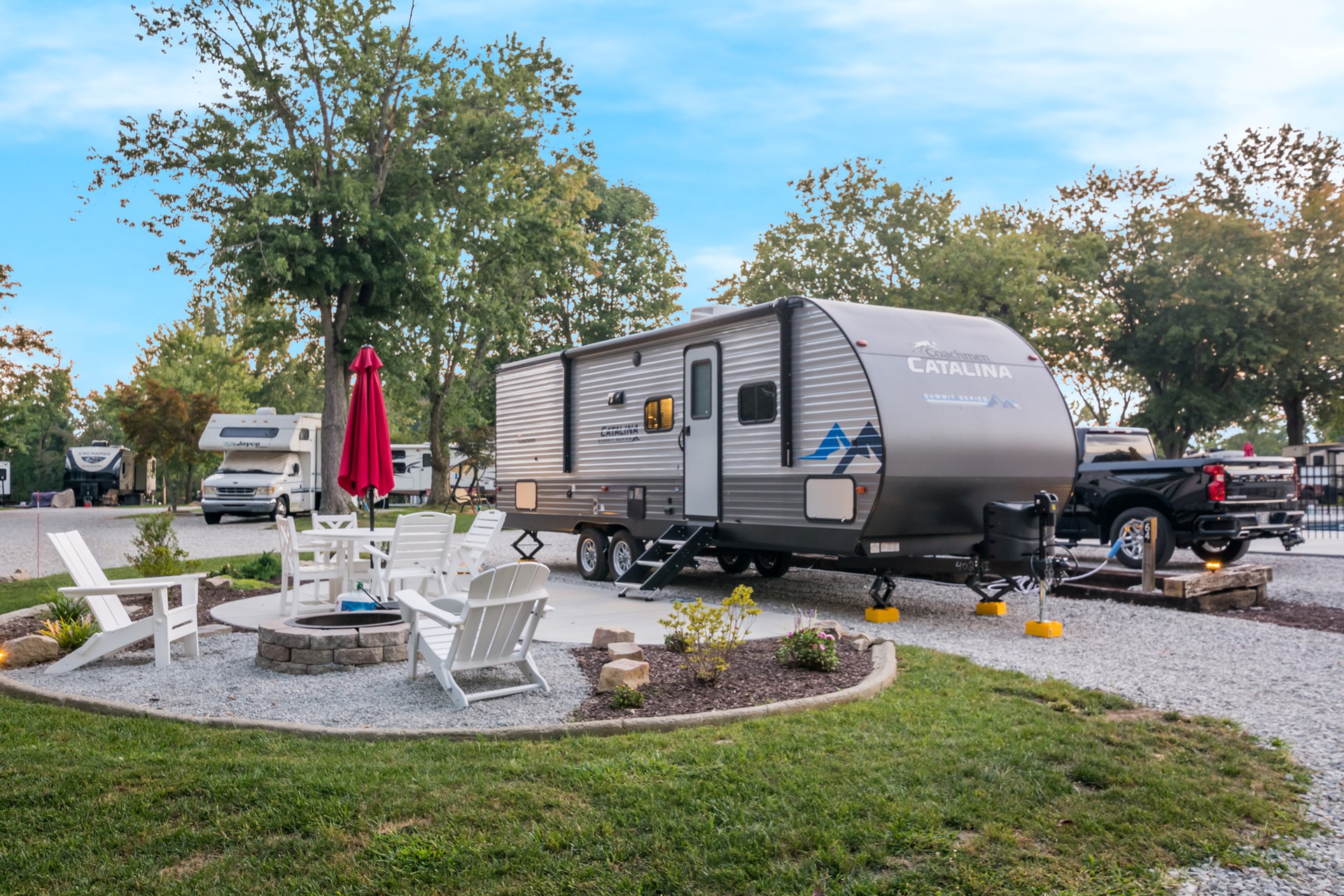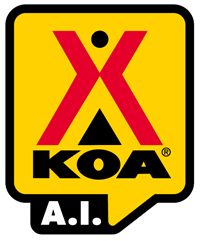Greasing your RV wheel bearings helps them last longer. Proper wheel bearing maintenance prevents hub, axle and bearing damage, giving you more time and money for fun camping memories. Depending on your RV, you can use a traditional hand-greasing method or an EZ Lube system to keep your bearings working like new.
Importance of Greasing RV Wheel Bearings
Each adventure you embark on spins your RV’s wheels and generates friction, which also generates heat. Lubrication protects wheel bearings from friction and prevents them from overheating so they can deliver top performance. Grease gradually breaks down, so periodically replacing it protects your bearing’s surfaces from corrosion and seals them against contaminants.
What Happens if You Do Not Grease Your RV Wheel Bearings?
Neglecting RV wheel bearings can cause them to gradually wear. If you wait too long to grease the bearings, increased friction can cause one of your wheels to seize and require extensive repair. Additionally, if you drive without grease, a wheel can catch fire or depart the hub completely, leading to catastrophic damage while in motion.
When to Grease RV Wheel Bearings
Understanding how often to grease RV trailer wheel bearings is key to keeping them in top shape. Some manufacturers recommend greasing your bearings annually or every 5,000 miles, and Dexter Axle recommends annually or every 12,000 miles. You may want to service your vehicle sooner if it’s been exposed to heavy water or many puddles, as water will pull the grease out.
Check the manufacturer’s recommendations for your specific RV axles.
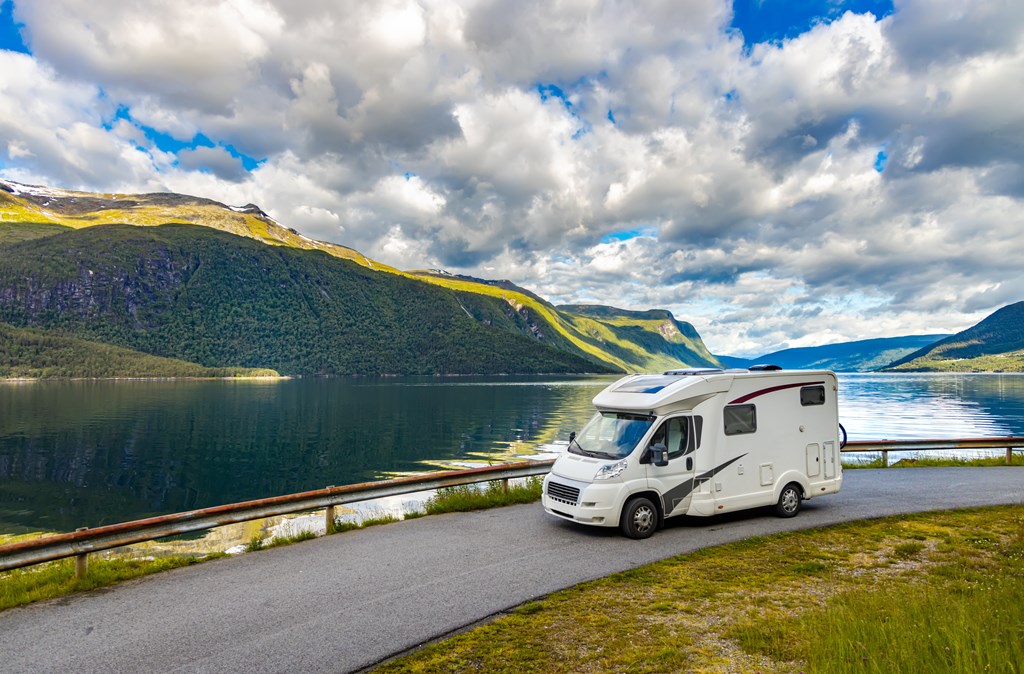
How to Grease RV Trailer Wheel Bearings With an EZ Lube System
Dexter Axle manufactures most RV axles, and they recommend occasionally removing and inspecting the full set of your bearings to check for wear and tear. However, you can grease the bearings without removing them using the following steps if your RV features a Dexter EZ Lube system.
1. Gather Your Tools and Materials
You will need the following tools and materials to grease your wheel bearings:
- Rubber gloves and other personal protective equipment (PPE)
- Grease canister
- Grease gun
- Rags or paper towels
- Flathead screwdriver
- A standard car jack or a larger option, if necessary
2. Remove the Plastic Cover
Use your flathead screwdriver to remove the plastic cover from the EZ Lube system. Inside, you will find a rubber or plastic cap to remove.
3. Attach the Grease Canister to the Grease Gun
Remove the plastic cap from your grease canister. Pull the handle of your grease gun the entire way back, and push the canister into the opposite end of the gun. Remove the seal from the end of the canister, and screw the gun lid onto it.
4. Pump the Air Out of the Grease Gun
Squeeze the gun’s handle to pump the air out of it. When a consistent flow of grease exits the tube, you can stop pumping it and twist the gun’s components to tighten them for the next step.
5. Position Your Jack
Place chocks under wheels you aren’t working on to prevent your RV from rolling during the greasing process. Then, use your jack to lift the wheel you’re working on according to your RV manufacturer’s instructions. You only need to lift it high enough to be able to rotate it freely.
6. Apply Grease
Attach the end of your grease gun’s applicator tube to the axle’s EZ Lube grease fitting. Once it is attached, begin pumping the grease gun’s handle while another person spins the wheel steadily. Spinning the wheel helps ensure the grease evenly distributes inside your bearings. Continue pumping until the old grease flows through the hole in the front of the axle. This process typically takes five to 10 minutes.
Remove the grease gun from the attachment and spin the wheel at least 10 more times while watching the hole to ensure no more grease comes out. This helps ensure that the grease has been spun through the bearings smoothly and will — for the most part — prevent it from being slung on first travel.
If you encounter any air bubbles in your grease gun, remove the tube from the axle’s grease fitting and pump the air out of the gun.
7. Dispose of the Old Grease
Use a rag or paper towel to collect and dispose of the old, discolored grease. After clearing the old grease from the wheel’s bearing, place the plastic covers back on the axle. Repeat this seven-step process for each of your RV’s bearings.
How to Grease RV Wheel Bearings by Hand
The greasing process is slightly different for standard axles without an EZ Lube system. You can use the following steps to grease your bearings by hand.
1. Remove the Wheel and Hub
When you have standard wheels and axles without an EZ Lube system, you must remove each wheel from the RV one at a time to disassemble it. After removing the hub from a wheel, you can take the bearing out. Remember to place chocks under wheels you aren’t working on.
2. Clean the Bearings
To clean the bearings, you can purchase a cleaning and degreasing solution from an auto parts store or use rubbing alcohol that is at least 90% ABV.
Mixing dish soap with warm water is also a popular method. However, water can cause the bearings to corrode, making them more likely to fail or seize. Likewise, spraying each bearing with WD-40, letting it soak for a few minutes and soaking it in clean water is an option — but since it is preferable to avoid water, you may want to steer clear of this method as well.
3. Pack the Bearings
Put on a nitrile glove and any other necessary PPE before greasing your hand and packing each wheel bearing by pressing the grease in a uniform downward motion. Do this on the sides and on top to ensure the grease gets packed into the bearings.
Ensure there is grease around the bearing’s edges and in each of its rollers. After greasing a bearing, you can place it back on the wheel — per the manufacturer’s specifications — followed by the hub. Repeat these steps for each wheel.
Types of Grease for RV Wheel Bearings
Choosing the right grease for your RV can help prevent wear and extend your bearings’ life span. Choosing the ideal grease for your RV depends on the manufacturer’s specifications, travel conditions and your trailer’s unique needs. Consider the following options before greasing your bearings:
- Calcium sulfonate grease: Calcium sulfonate grease is a great choice if your RV is often exposed to water. This type of grease offers a high dropping point, fantastic water resistance and excellent rust protection.
- Lithium complex grease: Lithium complex grease performs well in high-temperature applications due to its excellent pumpability and high dropping point. However, it may not work as well in colder temperatures, so it is a better choice if you plan to travel to warmer states.
- Polyurea grease: Polyurea grease is less water resistant than calcium sulfonate grease but offers adequate environmental contaminant resistance. It’s also highly durable and performs well in high-temperature conditions.
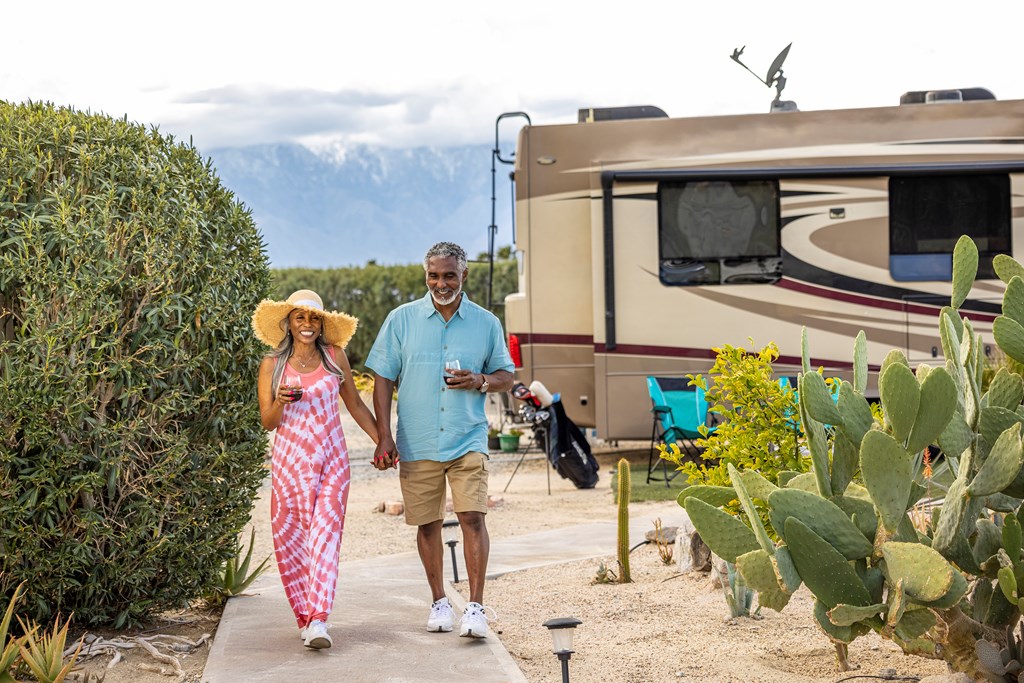
RV Camping at Kampgrounds of America
When your bearings are well-greased, you’re ready to hit the road. KOA offers more than 500 camping locations across North America where you can explore exciting destinations and relax around cozy campfires. Each KOA offers convenient amenities, fun recreational activities and nearby attractions to make each trip memorable.
Why Trust KOA
You can trust KOA to provide an unparalleled RV camping experience with the following features and amenities:
Pull-Thru and Back-In RV Sites
KOA’s Pull-Thru and Back-In RV Sites accommodate various RV sizes. Whether you have a small, cozy camper or a large, fully equipped RV, you can set up easily and start your camping adventures with KOA’s clean, level sites.
Electric and Sewer Hookups
Enjoying the comforts of home in the great outdoors is easy at KOA. Full 30- and 50-amp electric and sewer hookups enable you to use all of your camper’s features for cooking, showering and entertainment.
Unbeatable Customer Service and Amenities
KOA’s friendly and knowledgeable staff are ready to answer your questions, recommend the best local attractions and enhance your camping experience. KOA also offers the following amenities to make your stay as comfortable as possible:
- Hot water and clean bathrooms
- KOA stores
- Self-service laundry facilities
- Playgrounds
- Pet-friendly areas at select campgrounds and sites
- Food options
- Recreational activities and special events
Plan Your RV Adventure at KOA
You can plan unforgettable adventures with a well-maintained RV. KOA’s Pull-Thru and Back-In RV Sites offer the perfect place to make fun memories with your loved ones. Learn more about RV camping or reserve a stay to start your RV camping adventures.
About the Author: Kampgrounds of America
Kampgrounds of America is the largest system of open-to-the-public campgrounds in the world, with over 500 locations across the United States and Canada. Founded in Billings, MT in 1962, KOA’s family of campground brands – KOA Journey, KOA Holiday and KOA Resort – today serve more than a million camping families each year. KOA is dedicated to “connecting people to the outdoors and each other” by providing people with a variety of camping experiences and the information they need to make the most of their camping trip. Read more of their camping and travel resources by visiting KOA.com/blog.





